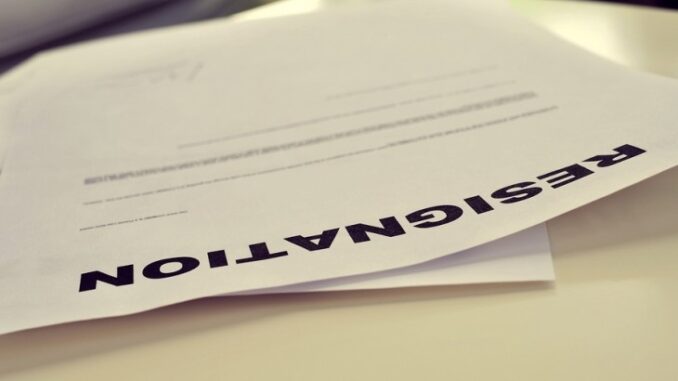
If you’ve found this page, then congrats because it either means that you’ve found a new, better job, or you have finally had enough of that dull position and decided to move on. Either way, sometimes it takes quitting to upgrade your career.
Saying bye to that old job isn’t as easy as it was when you worked retail in high school. The manager of the shoe department isn’t the same as a director at a major corporation. As you take on more responsibility in your career, people come to rely on you, and so it becomes a matter of tact to send in that resignation letter before you leave that job for good.
There are two prevailing reasons to send a resignation letter to the Human Resources department before you depart from your job. One, you never want to burn a bridge that you don’t have to, especially if you are going to work in the same or a related industry. Secondly, if you don’t like the new company you come to work for, there is always the possibility you may want to return to your old job. And don’t feel bad, it happens more often than you think.
Here’s how to write a resignation letter and quit your job professionally:
Format
The resignation should look like any other letter that you would send, with address and personal details at the top. The body of the letter is what is important here so I’ve blocked it out easily for you to follow.
Paragraph 1: Intro
Okay, this is pretty basic. This paragraph tells your employer that you are resigning from your position and letting them know what date. Two weeks is the minimum but if you take on a management role, the duration of time before you depart should be as long as you can make it. Usually it takes a while to fill in a management or director role, so in good faith you should give them enough time to source another person for the job. What’s even better in some circumstances is a little bit of overlap, so that you can train the next person in what it is like to assume that role within that specific organization. It should look something like this:
Dear [Mr./Mrs. Boss]
Please accept this letter as formal resignation of my position as [Your Title] effective [Date of Resignation].
Paragraph 2: Thanks!
This part is to soften the blow that you’re leaving. Chances are if you were a good employee your boss won’t be very happy to see you go. Even be prepared for an offer of a raise or additional benefits or perks. You want to make sure that they understand you appreciate the time you’ve spent at the job, but that you’ve found a better opportunity elsewhere.
My time at [Company Name] has been enriching and rewarding on many fronts. I’ve learned a lot while working in [Department Name] for the [Amount of Years] years that I have been employed. I will always remember [Skills You’ve Learned] and will apply them in my future as I move forward in my career. While I am sad to go, there are other opportunities that I must take. Thank you for everything that you’ve given me over the duration of my employment.
Paragraph 3: Wrap it up
At this point they get the point and so this is like any other conclusion to a paper. Adding the fact that you’re willing to help preemptively repair the fallout from you leaving will also help everyone during the transition period.
I will do my best to help during the transition period, including wrapping up my duties and training others to fulfill my responsibilities once I am gone. Thank you again for the opportunity to work at [Company Name] and I wish you success in the future.
Sincerely,
[Your Name]
And voila! You’ve now successfully resigned from your position while maintaining good references from the job you’re currently quitting. No one likes being hung out to dry with no warning, and the resignation letter ensures that both you and your employer can feel good about your moving onto bigger and better things. Like many things in your career and in life, while it isn’t necessary, it is the right thing to do, and in the end can only help your chances in the future.
